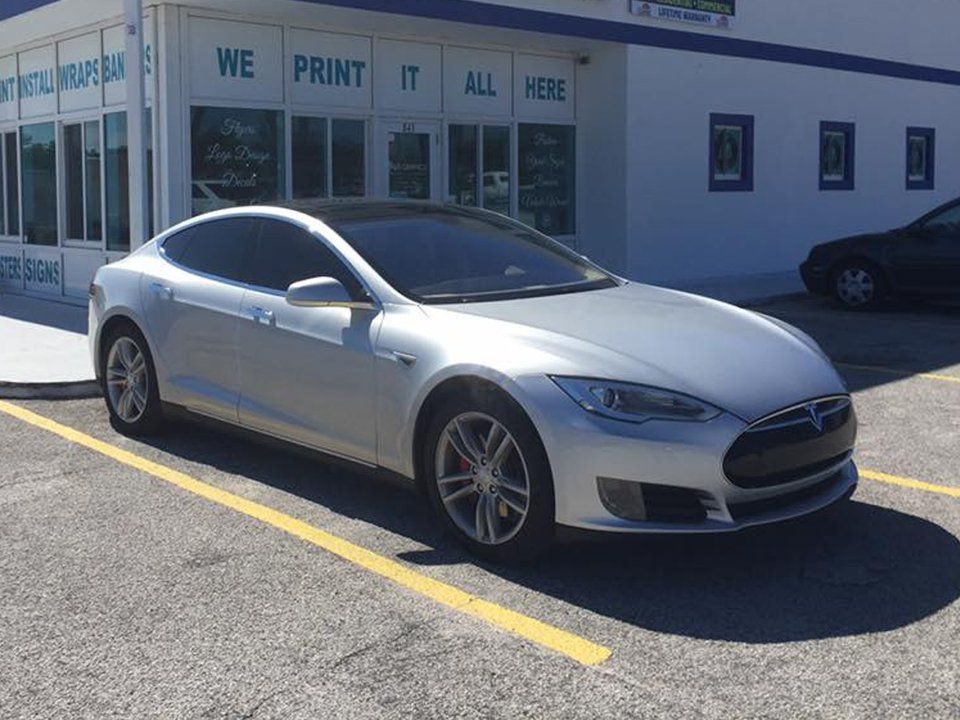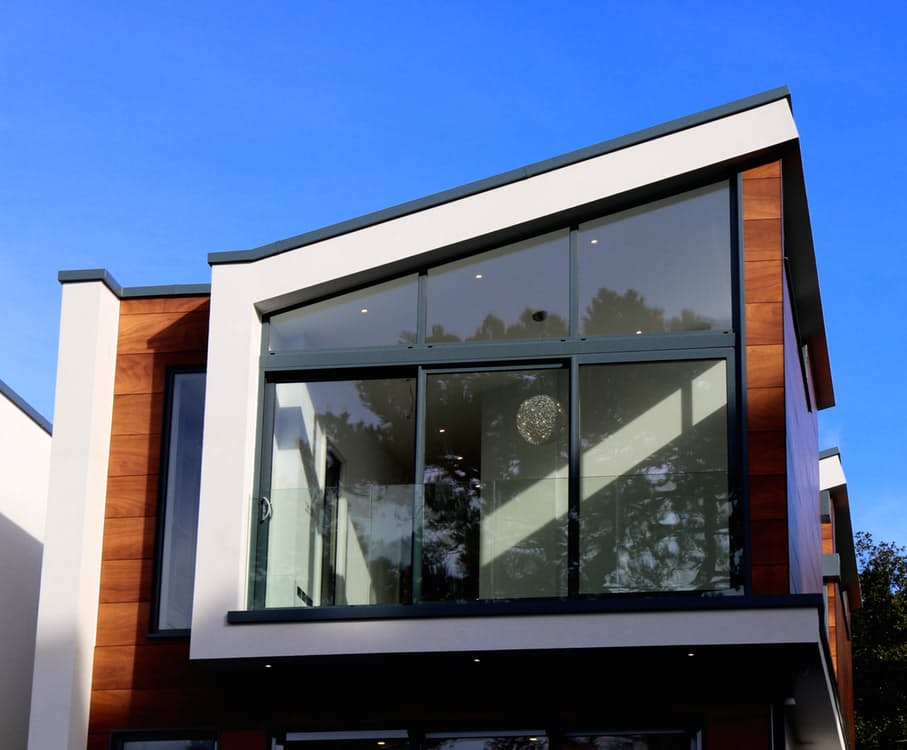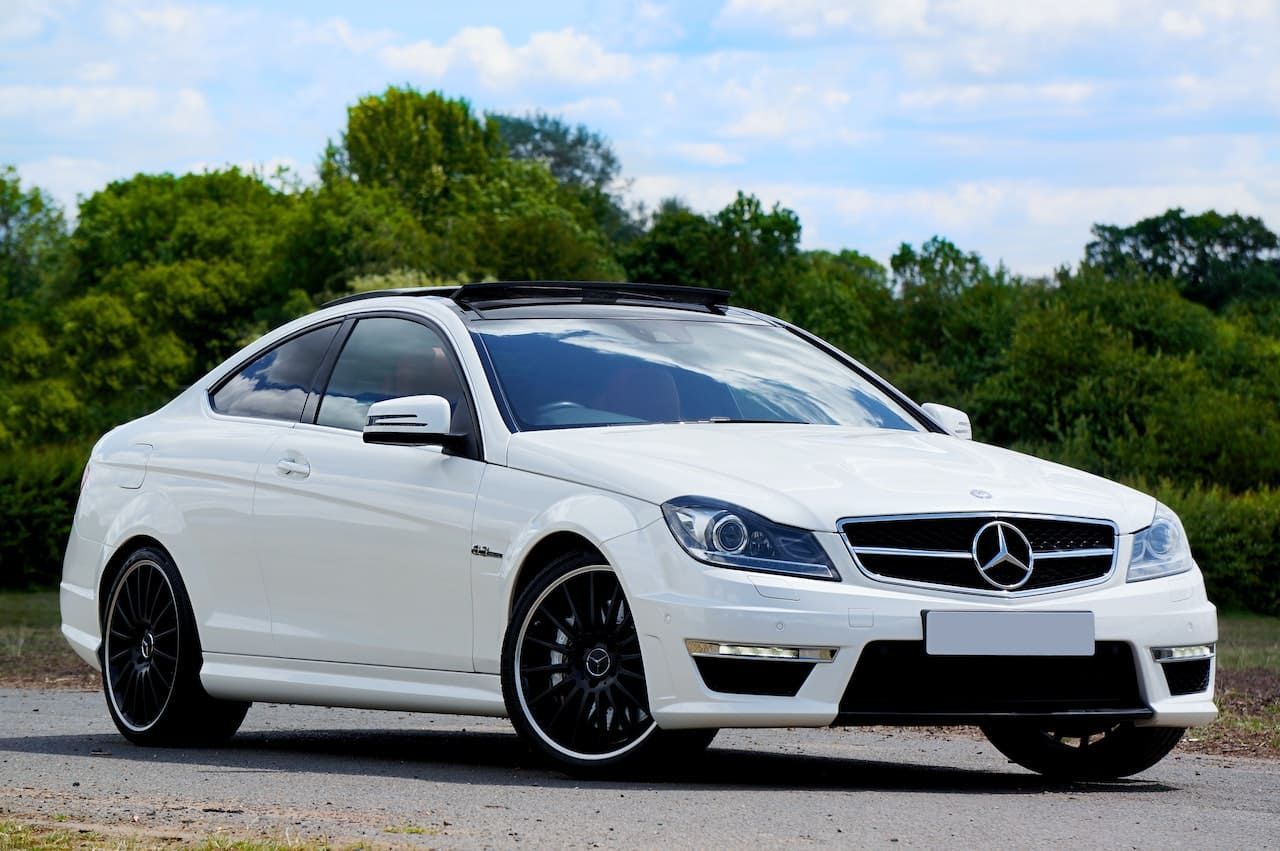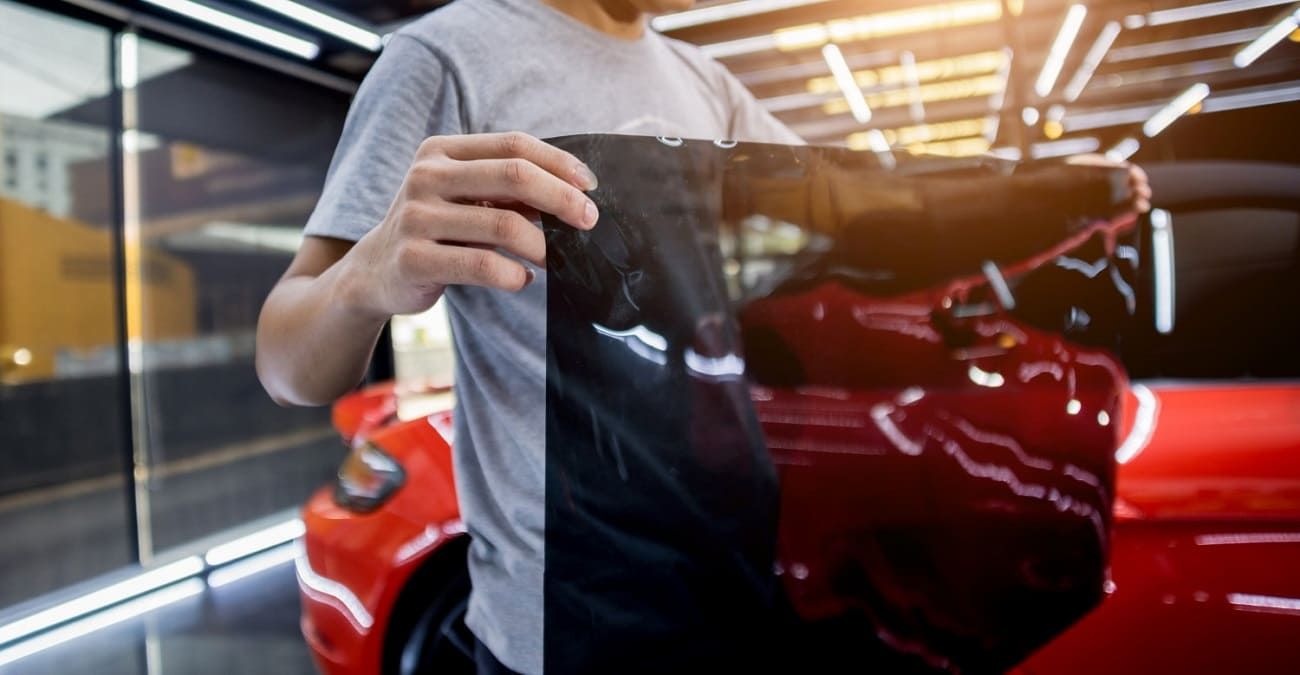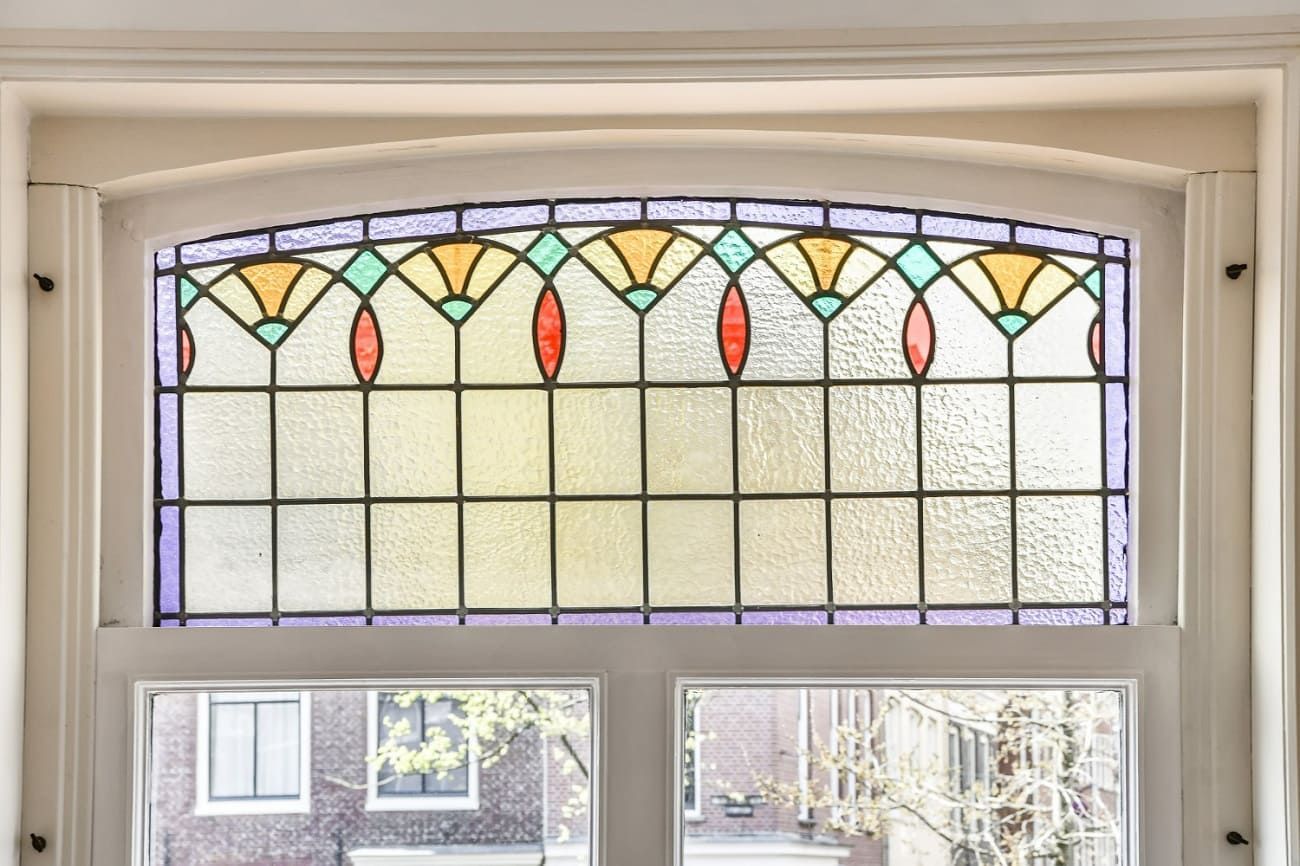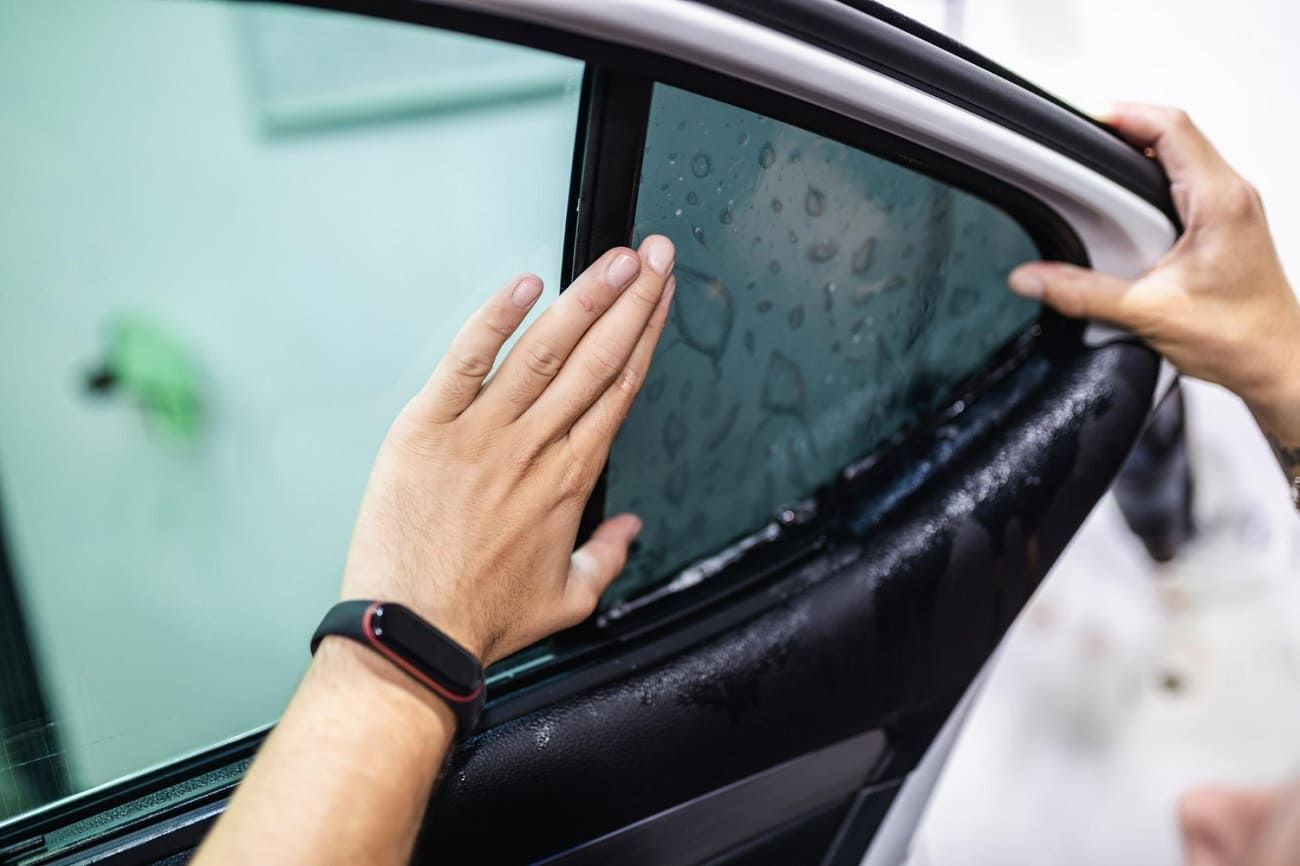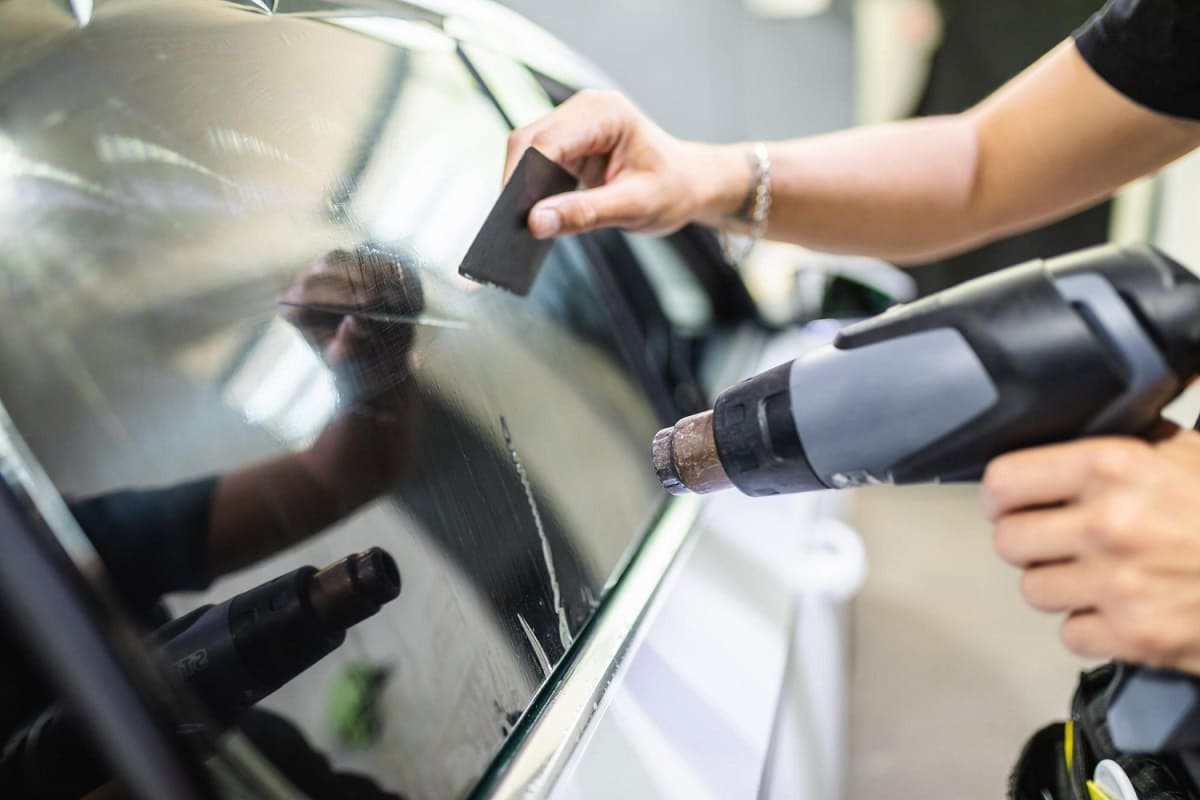Auto Window Tinting: How to Maintain Your Car Window Tint
What do you know about how to maintain your car window tint? Get a few tips here in this guide on proper auto window tinting.

Summer in Florida can get very hot, with the average temperature in the upper 80s. Because of this, many Americans have chosen to tint the windows of their cars.
Auto window tinting serves several purposes, and one of them is protecting the driver and passengers from the heat. However, car window tinting is costly, so it's essential to know how to keep it properly maintained. This way, your window tinting will last many years.
So, if your car has tinted windows and you're interested in how to maintain them, keep reading. Here's everything you need to know about auto window tinting maintenance.
What Is Auto Window Tinting?
Auto window tinting is the process of applying a safety film to the inside of a vehicle's side and rear windows. This protective safety film darkens the windows and blocks out a percentage of light from entering. The amount of blocked light depends on the Visible Light Percentage (VL%) rating of the laminate film.
The higher the number, the more light they allow to pass. For example, a Visible Light Transmission (VLT) rating of 60% blocks 40% of the light from passing through. Each state will have laws regarding window tinting regulations, so check them before committing to auto window tinting.
Types of Window Tint
There are several types of auto window tinting materials, some more expensive than others. The type of window tint material you choose matters when you're maintaining it, as each requires different maintenance.
- Dyed Window Tint: Considered the darkest option, this tint is primarily used for privacy and appearance
- Carbon Window Tint: Carbon tinting offers a matte finish and is fade resistant
- Metalized Window Tint: An excellent option to reflect heat because the layers of the film have metallic particles embedded
- Ceramic Window Tint: The most expensive material, its nonmetallic ceramic particles are non-conductive, which makes it the best at reflecting sunlight
- Hybrid Window Tint: A mix between dyed and metalized tints, it's slightly more expensive than both
Maintaining Your Auto Window Tint
Once your car has window tinting, you want to keep it well-maintained, so it lasts a long time. Removing old tinting can become costly, so take care of the window tint from the moment you get it applied. Here's our guide on taking care of your auto window tinting job.
1. Buy the Correct Cleaning Products
When cleaning your tinted windows, you want to ensure you're cleaning your windows with products that aren't going to damage the protective film. For example, you want to find and purchase a cleaning product that is free from ammonia. Ammonia is too harsh for your window tint, can cause discoloration, and potentially damage your tint over time.
If you cannot find a suitable cleaning product, then plain soap and warm water will also do the job. Just make sure it's a mild soap and nothing with harsh chemicals.
2. Park in the Shade
When cleaning your windows or whole car, you want to ensure you're parking in the shade. And if you're moving your vehicle from the sun into the shade, give it some time to cool down before washing your windows.
- Pro Tip: Be cautious about parking under trees because debris and tree sap can fall onto your vehicle
Once your car is cool, you can proceed with washing the windows. If you wash your car in the sun, the window cleaner will dry too quickly. This will make the cleaning process more challenging than it should be.
3. Clean Inside and Out
While you may think that only the outside of your car's windows needs cleaning, you'd be incorrect. When washing your windows, be sure to clean both inside the car windows and outside. Using whatever cleaning solution you've decided on, wash the windows vertically to make sure you're covering the whole window.
4. Clean the Window Edges
One thing you want to avoid is water getting between the layers of the window tinting. To prevent this from happening, when you're finished washing the windows, take a microfiber cloth and wipe the edges of the window to absorb any residual water. It's always wise to have more than one microfiber cloth to keep one dry if you need to wet the other.
5. Inspect Your Handiwork
Finally, once you're finished cleaning the car, review your work. This is a perfect time to see if you've missed any spots and clean them up as you go. While you're inspecting your handiwork, give the window tint itself an inspection and check for any imperfections forming, such as air bubbles.
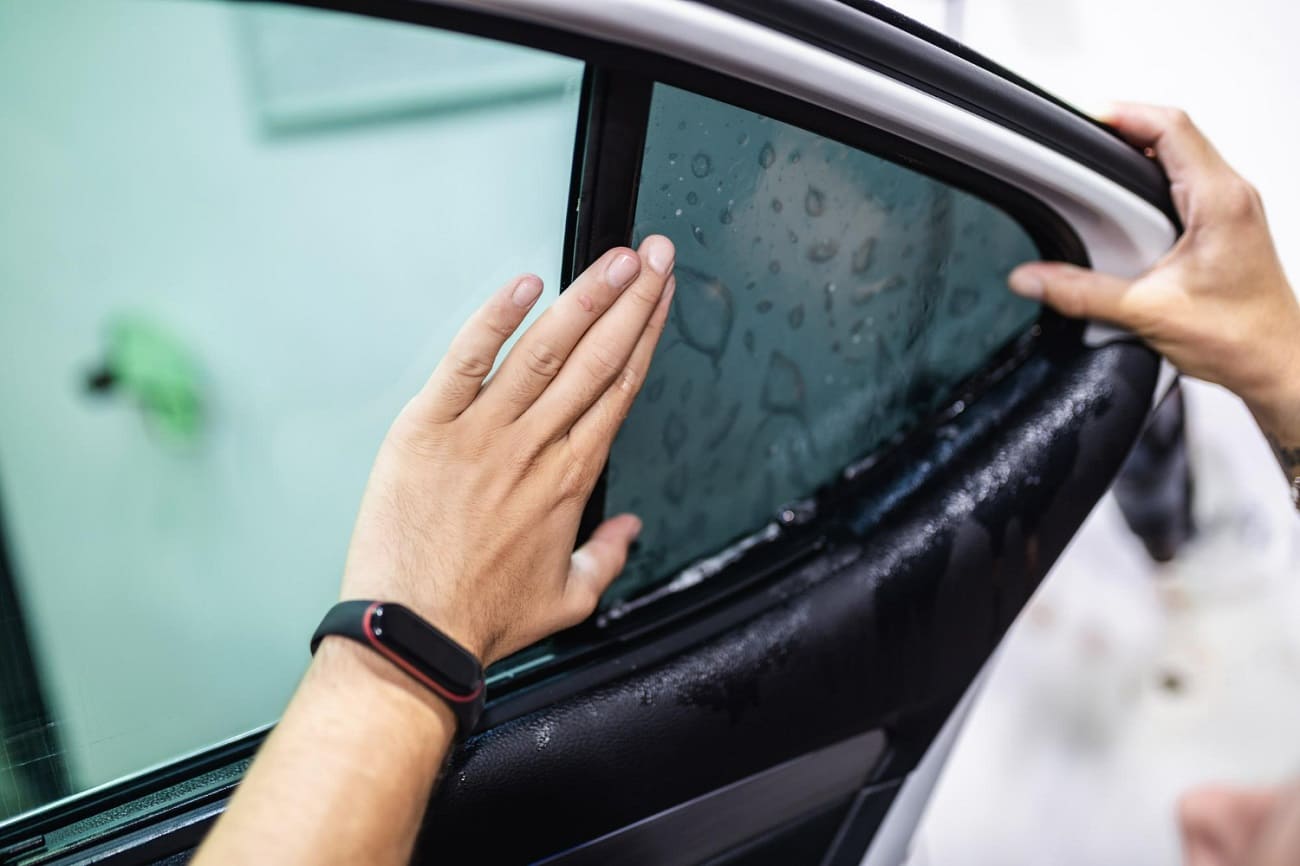
Tips and Tricks for Caring for Your Auto Window Tinting
Now that you know what it takes to maintain your car's tinted windows properly, we've got some tips and tricks that can elevate your cleaning game to the next level. Here are our best ideas.
- Two Directions: Use two different strokes when drying to tell if the inside or outside has smudges (e.g., horizontal wipes inside and vertical outside)
- Use Two Towels: Have two microfiber cloths ready; use one to wipe down the window and the other to buff any remaining cleaner
- Avoid Newspaper: You want to stick with microfiber towels to clean and dry your windows, as newspaper is too abrasive
- Find Tinted Window Products: Finally, wherever possible, make sure your cleaning products are specifically formulated for tinted windows
Keep Your Auto Window Tinting Looking Like New
Having your car's windows tinted can set you back a few thousand, depending on the material and the company you choose, so taking proper care of it is essential. By caring for your auto window tinting correctly, your window tinting can last several more years before needing to be replaced.
Take care not to use abrasive and harsh products, or your window tinting will start to look worn and discolored. If this happens, visit a tinting company to have them quote you on replacing it.
If you want to get your vehicle's window tinted, reach out to Solarwaves Window Tinting and contact us today for a free estimate. Our service territory includes Cocoa, Cocoa West, Cocoa Beach, Rockledge, Merritt Island, Port St John, Titusville, Sharpes, Satellite Beach, and surrounding Florida areas.

